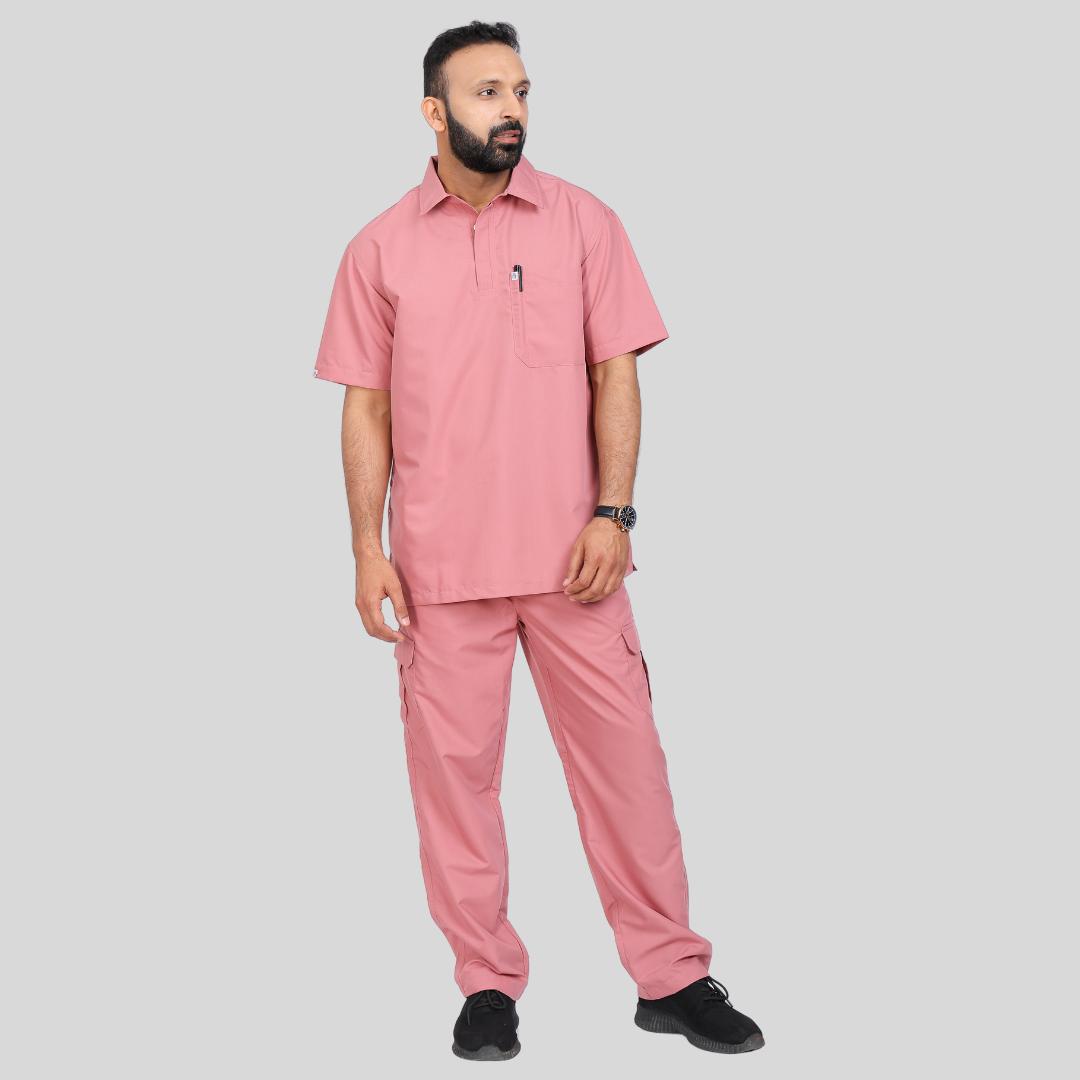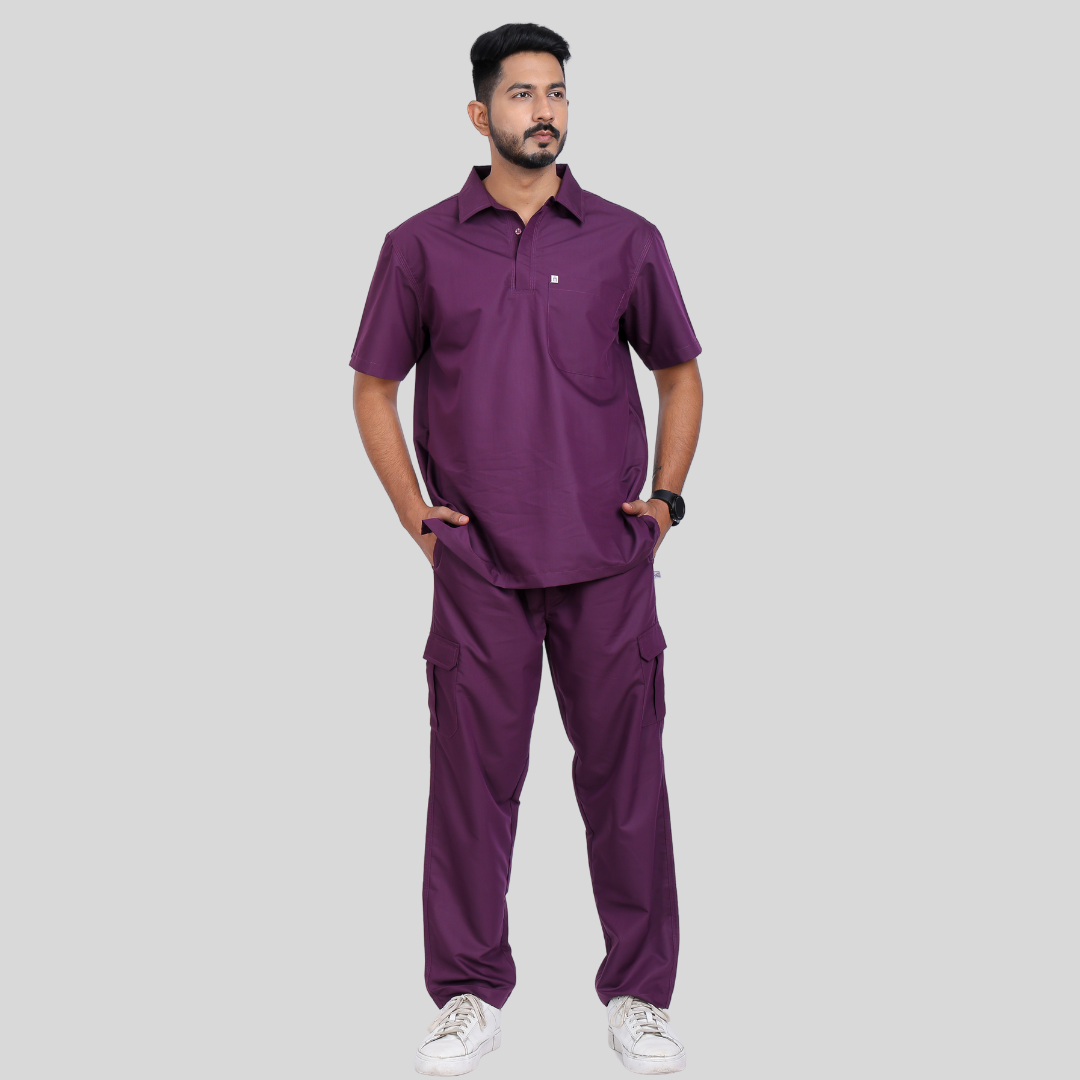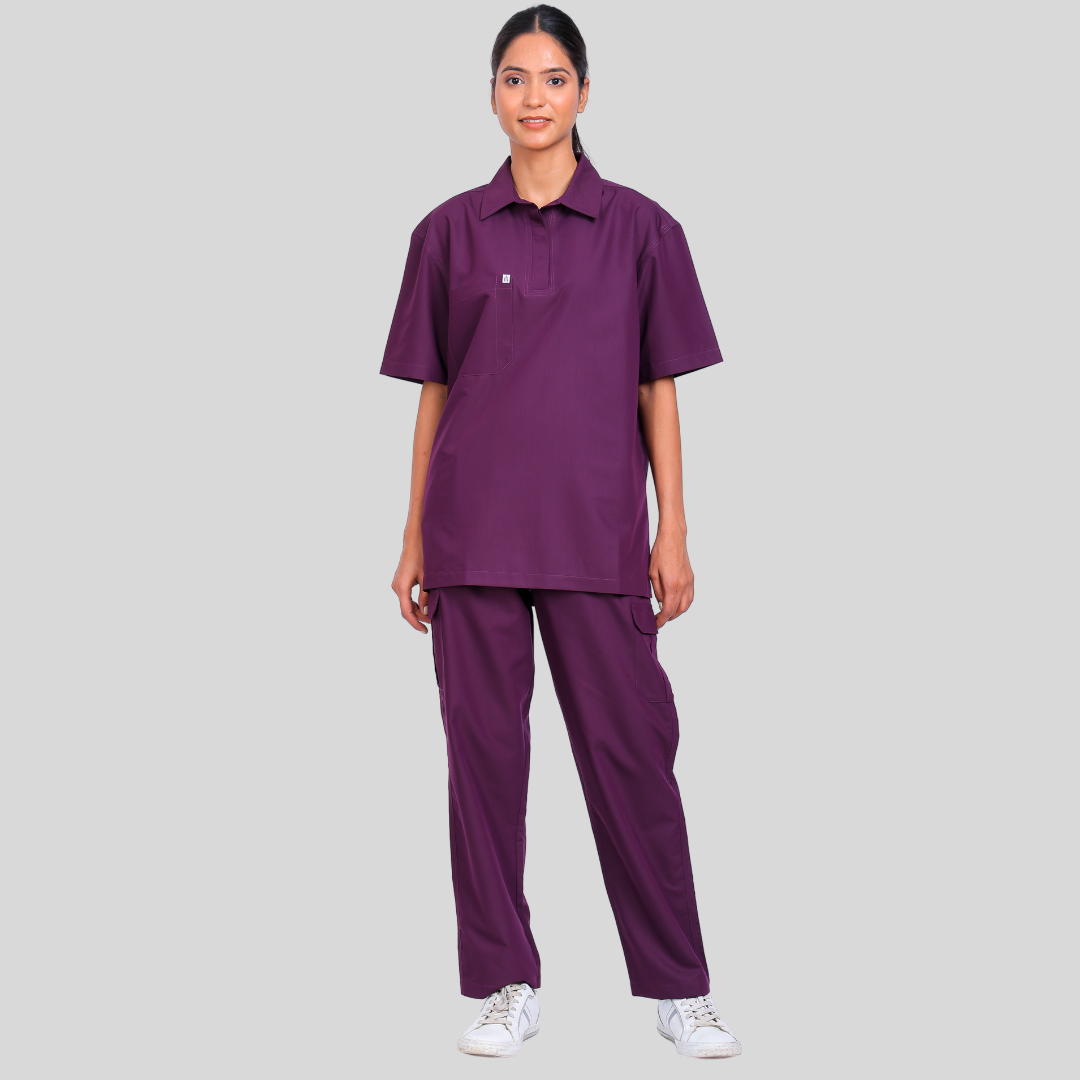In the complex environment of healthcare, every detail matters when it comes to patient experience and outcomes. While medical expertise and bedside manner are paramount, an often overlooked factor in patient perception is the color of medical uniforms. At Triyaansh Medix, we understand that the colors healthcare professionals wear can significantly impact patient comfort, trust, and even recovery rates. This comprehensive guide explores the science behind color psychology in healthcare settings and how your uniform choices may be influencing your patient interactions.
The Science of Color Psychology in Healthcare
Color psychology is the study of how colors affect human behavior, emotions, and physiological responses. In healthcare environments, where patients often experience heightened stress and vulnerability, color impacts can be particularly pronounced. Multiple peer-reviewed studies have demonstrated that color influences:
- Patient anxiety levels
- Perception of care quality
- Trust in healthcare providers
- Memory and recall of medical instructions
- Physiological responses including blood pressure and heart rate
The Journal of Environmental Psychology research indicates that color associations in healthcare are universal and culturally specific, forming a complex interplay of innate responses and learned associations.
Traditional White: The Evolution of the Classic Medical Uniform
Historical Context
The iconic white coat has been synonymous with healthcare since the late 19th century, when physicians adopted white to symbolize purity and cleanliness during a time when germ theory was revolutionizing medicine. The white uniform represented:
- Scientific authority
- Clinical sterility
- Professional boundary-setting
Modern Perspectives: Currently, research offers a nuanced perspective on white in healthcare settings:
- Advantages: White conveys cleanliness, professionalism, and authority. It remains strongly associated with physicians and specialists.
- Disadvantages: Studies have documented "white coat hypertension," where patients experience elevated blood pressure in the presence of clinicians in white coats. White can also create perceived emotional distance between providers and patients.
Blue: The Trust Builder
Blue is a highly effective color in healthcare apparel, especially in shades from light sky blue to deeper navy tones.
Psychological Effects
- Lowers blood pressure and heart rate
- Reduces anxiety and stress
- Enhances feelings of trust and security
- Projects competence and reliability
Clinical Applications
Blue uniforms have proven effective in: Pediatric settings where children report feeling less anxious High-stress departments like emergency and intensive care Initial patient consultations where establishing trust is crucial Research from the Journal of Clinical Nursing found patients rated healthcare professionals in blue uniforms as more knowledgeable and trustworthy compared to other colors.
Green: The Balance Restorer
Green has unique properties that make it especially suitable for certain healthcare settings.
Psychological Effects
- Creates feelings of harmony and balance
- Reduces stress and promotes relaxation
- Associated with nature, growth, and renewal
- Easiest color for the human eye to process for extended periods
Clinical Applications
Green uniforms have shown particular effectiveness in:
- Surgical environments (reducing visual fatigue)
- Mental health settings (promoting feelings of balance)
- Rehabilitation centers (associations with growth and recovery)
- Longer-term care facilities (creating a sense of harmony)
Soft Purple: The Compassionate Communicator
Purple, especially in softer lavender tones, is becoming a valuable color option for certain healthcare positions.
Psychological Effects
Associated with creativity and wisdom conveying sensitivity and compassion Combining the calming effect of blue with the warmth of red Often perceived as unique and memorable
Clinical Applications
Purple uniforms have shown particular effectiveness in:
- Palliative care settings
- Psychological and counseling services
- Alternative medicine practices
- Women's health services
Pink: The Tension Reducer
Pink, especially in softer tones, has demonstrated unique psychological effects in healthcare settings.
Psychological Effects
- Temporarily reduces aggressive feelings
- Lowers heart rate and blood pressure
- Creates feelings of nurturance and comfort
- Associated with empathy and emotional support
Clinical Applications
Pink uniforms have shown particular effectiveness in:
- Psychiatric emergency departments
- Pediatric units
- Maternal health services
- Dental practices (reducing anticipatory anxiety)
Practical Applications for Healthcare Professionals
Department-Specific Considerations
Different healthcare departments may benefit from specific color strategies:
- Emergency Services: Navy blue or burgundy convey authority and competence during crisis situations.
- Pediatrics: Brighter colors or patterns can reduce anxiety in young patients.
- Surgery: Soft blues and greens reduce eye fatigue and promote focus.
- Oncology: Calming blues and purples can create a supportive emotional environment.
- Geriatrics: Clear color differentiation helps patients with visual impairments identify staff roles.
Role Identification Through Color
Color-coding systems can help patients quickly identify staff roles:
- Physicians: White coats or navy blue
- Registered Nurses: Medium to royal blue
- Licensed Practical Nurses: Forest green or teal
- Medical Assistants: Burgundy or wine
- Technicians: Olive green or gray
- Phlebotomists: Maroon
- Administrative Staff: Black or khakee
Cultural Considerations
Cultural associations with colors vary significantly across populations:
- White symbolizes death in some Eastern cultures rather than cleanliness
- Red may be auspicious in Chinese culture but alarming in Western contexts
- Purple has religious associations in certain Mediterranean cultures
- Green has specific religious significance in Islamic cultures
For healthcare facilities serving diverse populations, these cultural considerations should inform uniform color choices.
Implementing Color Psychology in Your Healthcare Practice
Facility-Wide Approaches
For healthcare administrators implementing uniform policies:
- Consider color-coding systems that help patients identify staff roles
- Balance color psychology benefits with practical considerations like stain visibility
- Involve staff in color selection to increase buy-in
- Consider A/B testing different colors and measuring patient satisfaction
Individual Provider Strategies
For individual healthcare professionals:
- Consider your specific role and typical patient interactions
- Match color choices to your communication style and healthcare philosophy
- Use color psychology to complement your therapeutic approach
- Pay attention to patient reactions to different uniform colors
Triyaansh Medix Color Selection Guide
At Triyaansh Medix, we've developed our medical apparel color palette based on extensive research into color psychology and healthcare outcomes. Our collections include:
- Tranquil Series: Soft blues and greens designed for patient-facing roles requiring trust-building
- Authority Collection: Deeper navy and burgundy options for emergency and acute care settings
- Compassion Line: Gentle grey and soft pinks for mental health and palliative care
- Vitality Selection: Balanced use of brighter colors for pediatric and rehabilitation settings
Each collection is designed with specific healthcare roles and patient interactions in mind, allowing you to select uniforms that enhance your therapeutic presence.
Conclusion: The Strategic Advantage of Color-Conscious Uniform Selection
In the competitive healthcare landscape, every patient experience aspect matters. Uniform colors can influence perception, comfort, and clinical outcomes. Make informed decisions based on your setting, population, and goals to address patient needs. Discover medical apparel that meets durability, comfort, and uses color psychology for patient interactions.








